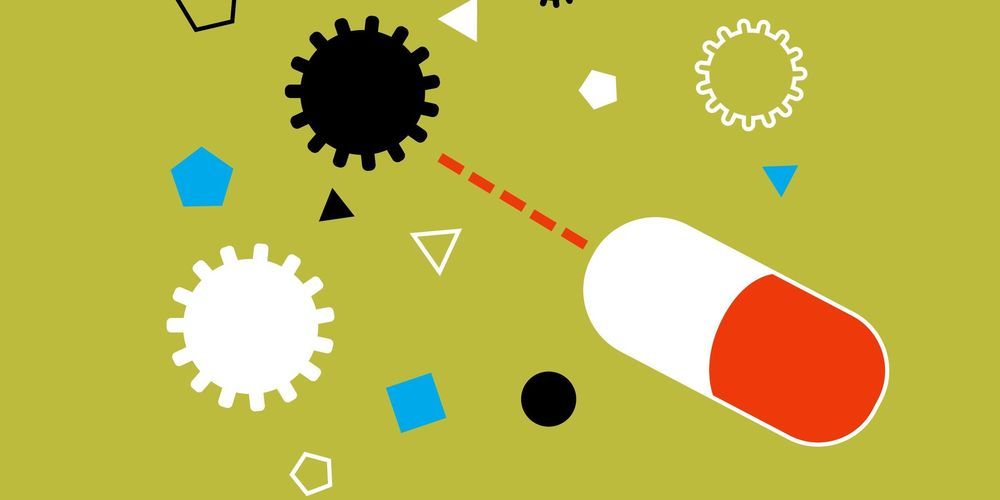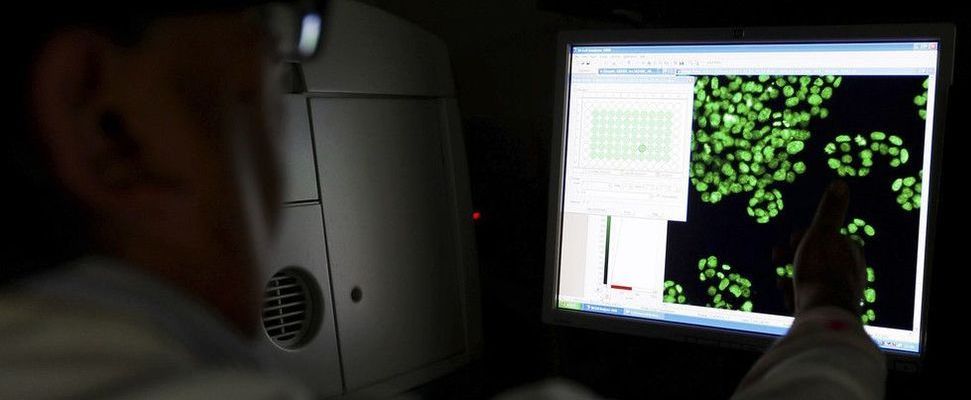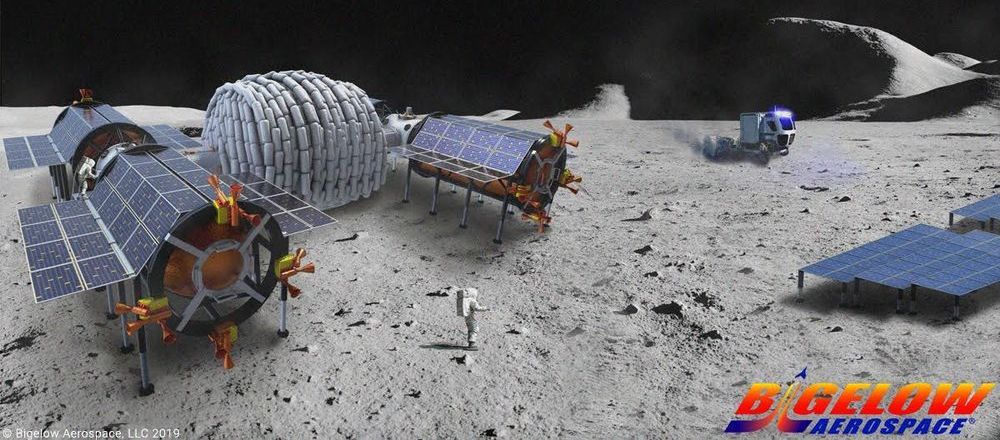The human body secretes an enzyme that might increase our lifespan if properly developed.




We are drawing close now to the Ending Age-Related Diseases Conference in New York City, so with less than a month before the big day, today is the ideal time to have a look at what has been happening.
Tickets are priced at only $500 and include access to two action-packed days of aging research and biotech business discussion. There will be talks covering the latest research progress along with talks involving the business and investment side of the industry, and this conference will feature a total of 34 leading experts in the field of rejuvenation biotechnology.
Refreshments and lunch are provided on site for your enjoyment during both days of the conference, and a conference program is available here.

An artificial nose developed at Tampere University, Finland, helps neurosurgeons to identify cancerous tissue during surgery and enables the more precise excision of tumours.
Electrosurgical resection using devices such as an electric knife or diathermy blade is currently a widely used technique in neurosurgery. When tissue is burned, tissue molecules are dispersed in the form of surgical smoke. In the method developed by researchers at Tampere University, the surgical smoke is fed into a new type of measuring system that can identify malignant tissue and distinguish it from healthy tissue.
An article on using surgical smoke to identify brain tumours was recently published in the Journal of Neurosurgery. “In current clinical practice, frozen section analysis is the gold standard for intraoperative tumour identification. In that method, a small sample of the tumour is given to a pathologist during surgery,” says researcher Ilkka Haapala from Tampere University.
This post originally appeared at Fight Aging!
Sizable factions within the research and advocacy communities are very interested in having aging officially classified as a disease, meaning its inclusion in the International Classification of Diseases maintained by the World Health Organization, as that is the basis for the definition of disease used by national regulatory bodies. The view is that this would open the door to greater large-scale institutional funding, more relevant clinical trials for therapies targeting the mechanisms of aging, and that this greater level of funding and activity will percolate back down the chain of research and development to accelerate progress. I think this a reasonable argument to make, though I would advocate for greater effort to be placed on finding a way to bypass the system rather than change it directly – the threat of competition tends to be more effective than petitions as a way to force change.
Lobbyists have made more progress towards classifying aging as a disease. The World Health Organization (WHO) has implemented the extension code “Ageing-related” (XT9T) in the latest version of the International Classification of Diseases (ICD). The previous version, the ICD-10, was released in 1983 and is now replaced by the new version, the ICD-11, which is expected to serve the medical community for many years, much as its predecessor has.




Urolithin A, a metabolite of biomolecules found in pomegranates and other fruits, could help slow certain aging processes. EPFL spin-off Amazentis, in conjunction with EPFL and the Swiss Institute of Bioinformatics, has published a paper in the journal Nature Metabolism outlining the results of their clinical trial.
It is a fact of life that skeletal muscles begin to lose strength and mass once a person reaches the age of 50. A recent clinical trial involving two EPFL entities—spin-off Amazentis and the Laboratory of Integrative Systems Physiology (LISP) – showed that urolithin A, a compound derived from biomolecules found in fruits such as pomegranates, could slow down this process by improving the functioning of mitochondria—the cells’ powerhouses. A joint paper presenting the results of the trial, published today in Nature Metabolism, also demonstrates that ingesting the compound poses no risk to human health.
